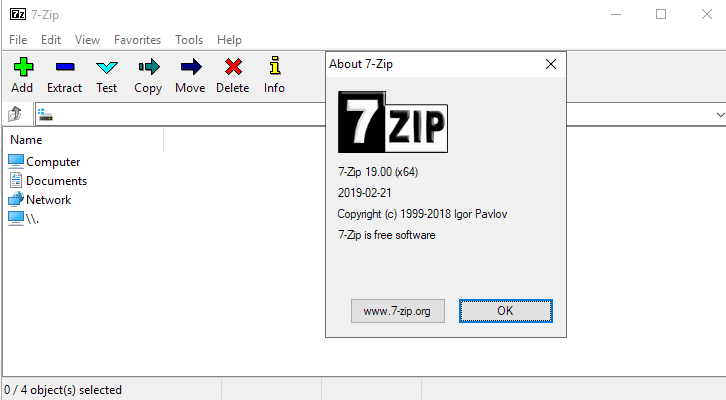
When someone wants send you an encrypted message, he or she uses your public key to generate the encryption algorithm. In this system, each participant has two separate keys: a public encryption key and a private decryption key. To encrypt messages, you can use the public-key cryptographic system. Encrypting ensures that the message has not been read or altered during transmission. Digitally signing a message ensures that the message originated from the stated sender.

When you encrypt a message, it appears to be "scrambled" and can only by read by a person who has the key to decrypting the message. When you digitally sign a message, you embed information in the message that validates your identity. It is possible for third parties to intercept, read and alter email messages as they are transmitted. Furthermore, as the message moves through its transmission path from sender to recipient, the connections between each server are not necessarily secure. While most people connect to their email servers using a secure ("SSL") connection, some servers allow unsecured access. The email infrastructure that everyone uses is, by design, not secure. This tutorial explains how to set up Thunderbird to digitally sign, encrypt and decrypt messages in order to make them secure.

6 Reading a digitally signed and / or encrypted email.5 Sending a digitally signed and / or encrypted email.


 0 kommentar(er)
0 kommentar(er)
